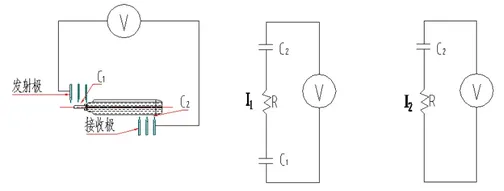Used to inspect ampoules, vials, and oral liquid bottles for potential leakage. It accurately detects micro-holes and cracks located in critical areas such as the seal, body, and bottom of the container, ensuring that each unit meets container closure integrity standards before release.
Containers are first fed onto the infeed conveyor, where they are evenly spaced by a star-wheel mechanism. From there, a guiding track directs each unit toward a screw feeder, which rotates the container by 90 degrees into a horizontal position. Once aligned, each container passes through a series of inspection stations, with each station focusing on specific areas depending on the inspection requirements. After testing, containers are automatically sorted: accepted units continue down the production line, while those that fail the inspection are separated by a rejection mechanism for further handling.
High Voltage Leak Detection is used to identify micro-defects in ampoules and vials without breaking or opening the container. The method applies a high-frequency electrical signal through a pair of electrodes positioned on opposite sides of the glass. Because the container acts as an insulator, a capacitive circuit is formed between the electrodes and the liquid product inside.

When the container is intact, the insulating wall prevents direct contact, and only a very low current flows through the system (I1). However, if there’s a crack, pinhole, or seal failure, the conductive solution makes direct contact with the electrodes, allowing a higher current to pass (I2). This sudden change in current flow is precisely what signals the presence of a leak. By continuously monitoring and comparing current levels, the machine can detect even the smallest structural defects, ensuring that each unit meets strict container closure integrity requirements.
HVLD is a non-destructive testing method that uses the conductivity of liquid products sealed inside non-conductive containers. A high-frequency, high-voltage signal is applied through external electrodes, and the system monitors changes in discharge current to determine if there is a leak.
Unlike traditional methods like vacuum decay or dye immersion, HVLD offers several benefits:
Yes. The test applies minimal energy over a short duration. During inspection, properly sealed containers remain electrically insulated, so the liquid content is not affected, and product integrity is preserved.
This method reduces reliance on manual visual inspection, minimizes the risk of discarding good products due to destructive testing, and allows early detection of defects, helping to prevent costly batch recalls.
Interested in learning more about our Visual Inspection and Leak Testing Equipment
Get in touch with us today!